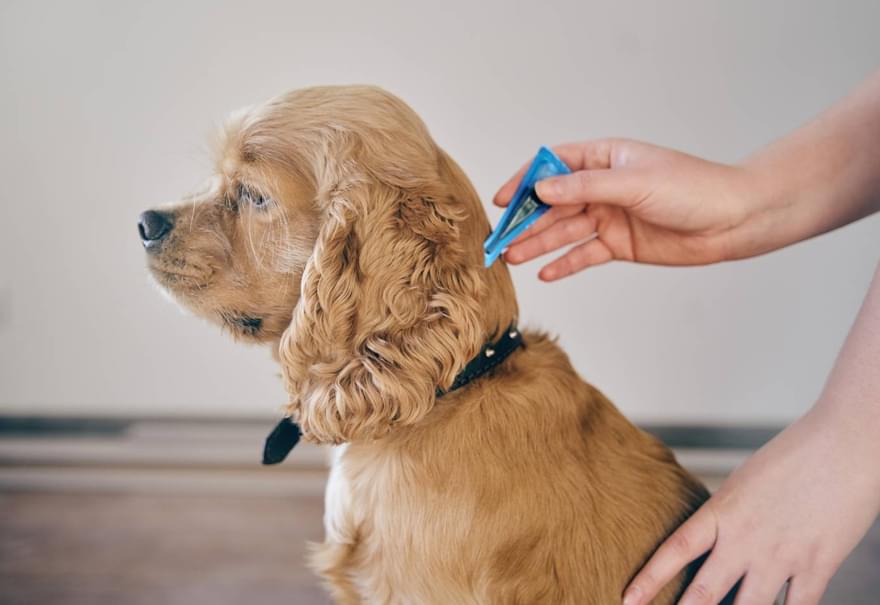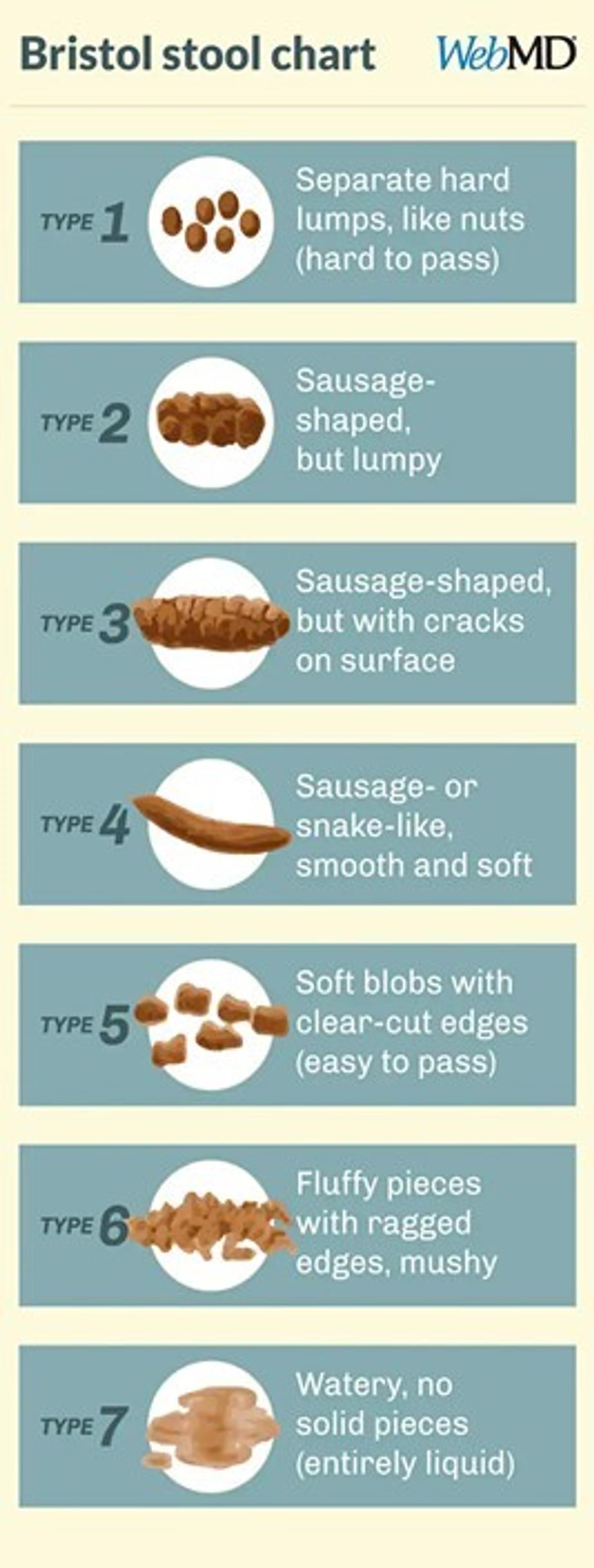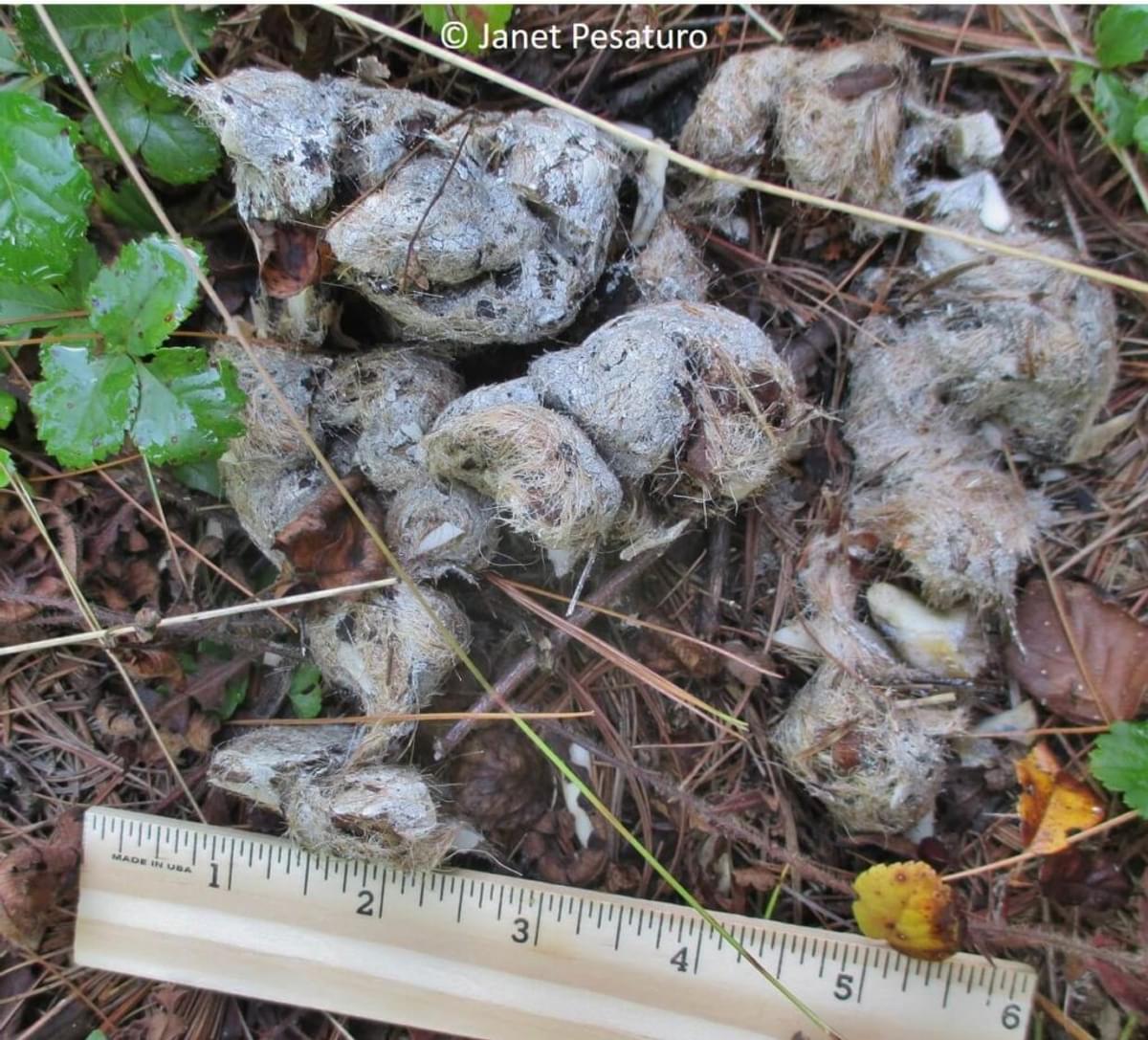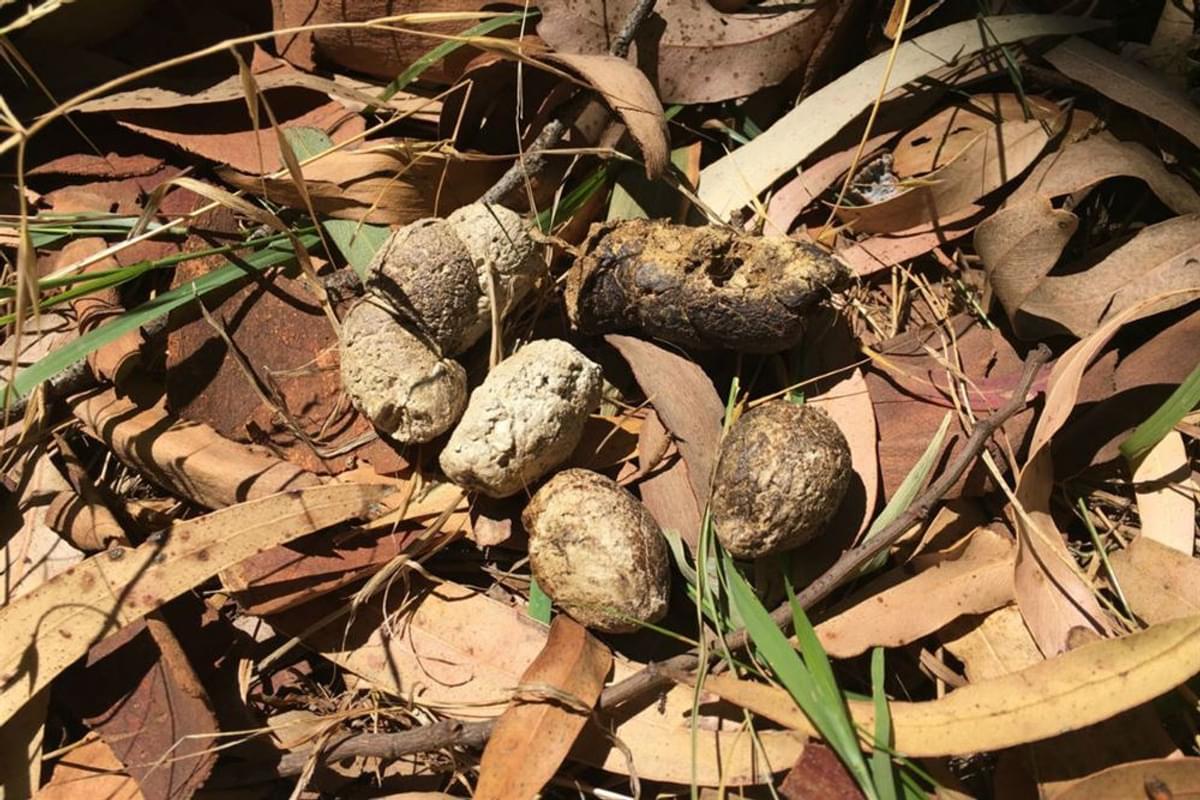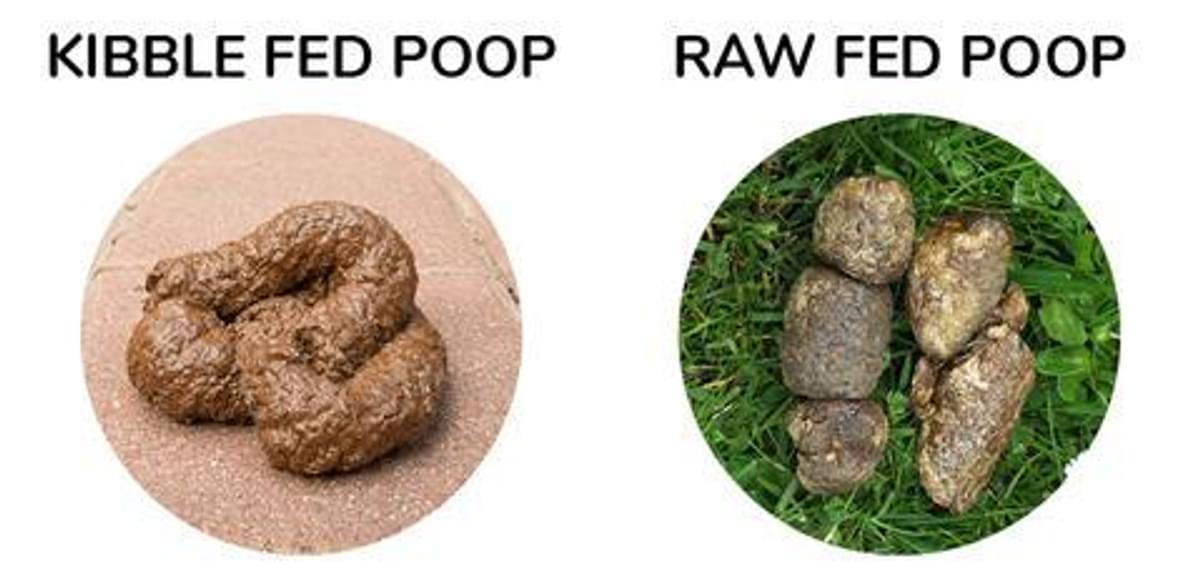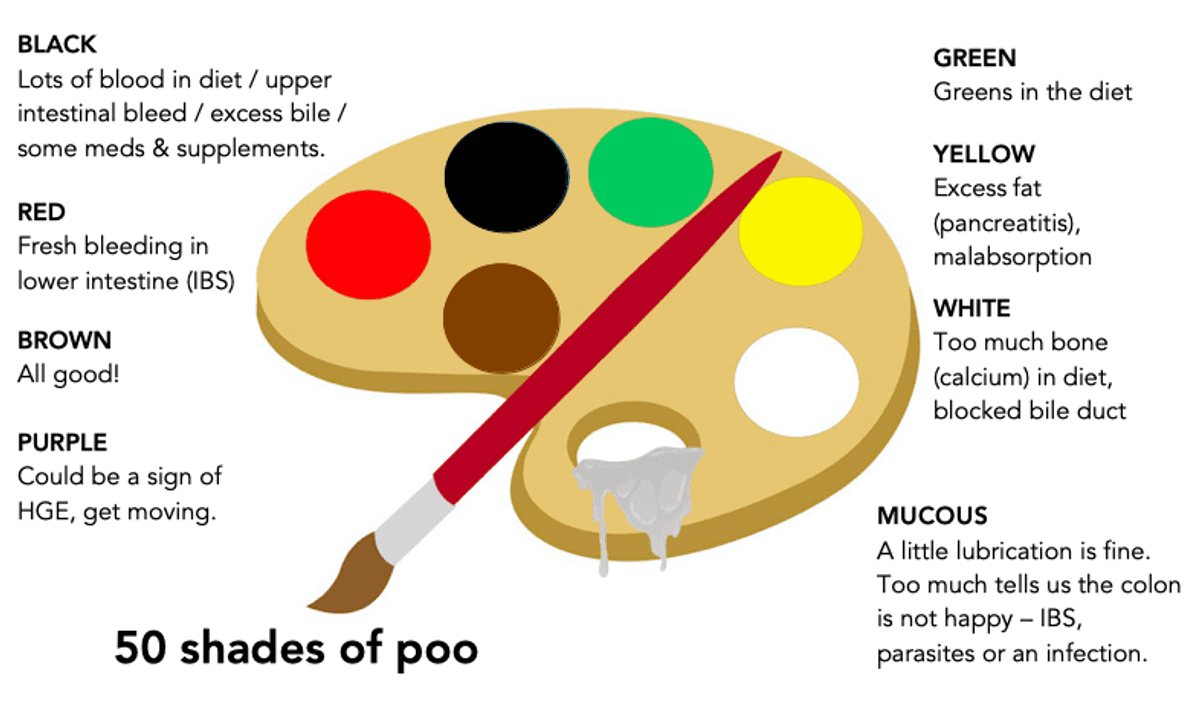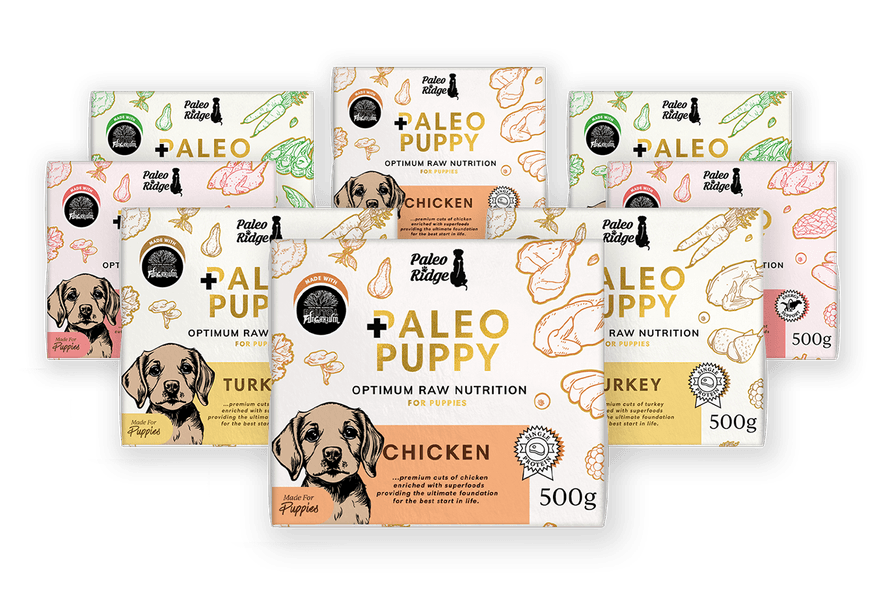Roughly the same
principles apply in raw-fed dogs with a few tweaks along the way. Dr Nick
Thompson uses a scale of 1-10 to score stools in his canine patients, where 1
is brown soup and 9-10 is the perfect log. You should be picking up these logs
with two fingers, if so desired. It's a surprisingly effective way to get new
clients to score their dogs average stool quality. Both Nick and I accept
nothing less than 9's or 10's from a dog, anything less needs attention.
But before we get
into the shitty nitty gritty, a differentiation is needed:
Dry-fed dogs
The above chart
will do the job for dry-fed dogs as they are consuming, very sadly, a mostly
vegetarian diet. Dry food, with its' 50-60% grain or sweet potato coupled with
lots of cheap, indigestible, plant-based filler ingredients such as beet pulp,
corn gluten and soy bean hull etc, is notoriously high in indigestible plant
fibre, which has the same effect in dogs as it does in humans, only more so. In
keeping with their evolutionary diets, dogs, like all carnivores, have smooth,
short and fast digestive systems. They process meals quickly. If you add too
much plant fibre in there, the dogs' rapid, acidic system is too poorly
equipped to digest it. In the colon and via osmosis, the undigested matter
draws water into the digesta resulting in get big, wet stools passing through
the colon like a hot snot down a chrome nostril. If this occurs repeatedly, he
can develop issues with his anal glands, the two little secretory organs at 4
and 8 o'clock around his anus that secrete a pheromone onto the stool. Too many
soft stools, coupled with the systemic inflammation we discuss below, results
in these little organs inflaming and impacting, often requiring manual
expression by your vet and potentially setting your dog up for a lifetime of trouble
in this area.
Inside, the
problems continue. Dogs are carnivores. They do not, cannot, house the bacteria
necessary to fully digest all that plant matter. This means more undigested
matter passes through the system, favouring the growth of other, wrong bacteria
down the line. Now, instead of all the good stuff they get from their normal,
friendly (commensal) gut biota, you get the build-up of toxins from pathogenic
bacteria (the ones with the smelly farts). Added to this, dry food is chock
full of chemical preservatives to preserve it during long storage times,
chemicals that also napalm your dog’s gut flora. The inevitable disruption of
flora on this junk food results in a shifting of the resident gut species (dysbiosis),
poor nutrient absorption and intestinal inflammation. Allowed to persist and
you're heading towards an IBS-type diagnosis from the conventional vet who
believes, absolutely incorrectly, that dry food plays some role in the
solution. Antibiotics are prescribed, which work temporarily to clear the
infection but ultimately leave a barren space to be populated by the resident
bacteria...who are the bad guys. And on to the hamster wheel of ill health the
dog goes.
